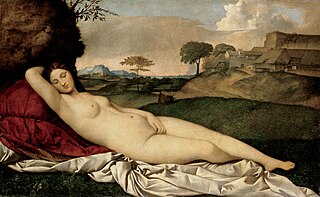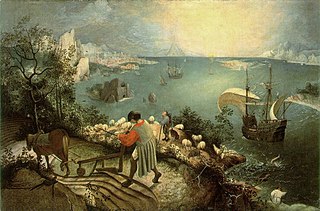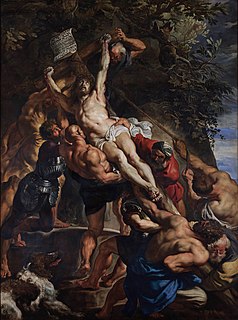Adriaen is a Dutch form of Adrian. Notable people with the name include:

Adrian is a form of the Latin given name Adrianus or Hadrianus. Its ultimate origin is most likely via the former river Adria from the Venetic and Illyrian word adur, meaning 'sea' or 'water'. The Adria was until the 8th century BC the main channel of the Po River into the Adriatic Sea but ceased to exist before the 1st century BC. Hecataeus of Miletus asserted that both the Etruscan harbor city of Adria and the Adriatic Sea had been named after it. Emperor Hadrian's family was named after the city or region of Adria/Hadria, now Atri, in Picenum, which most likely started as an Etruscan or Greek colony of the older harbor city of the same name.
- Adriaen Banckert (1615–1684), Dutch admiral
- Adriaen Block (1567–1627), Dutch private trader and navigator
- Adriaen Brouwer (1605–1638), Flemish genre painter
- Adriaen de Vries (1556–1626), Northern Mannerist sculptor born in the Netherlands
- Adriaen Hanneman (1603–1671), seventeenth-century Dutch painter
- Adriaen Isenbrandt (1480–1551), Flemish Northern Renaissance painter
- Adriaen Maertensz Block (1582–1661), successively captain, commander, and governor of the Ambon Island
- Adriaen van Bergen devised the plot to recapture the city of Breda from the Spanish during the Eighty Years' War
- Adriaen van de Velde (1636–1672), Dutch animal and landscape painter
- Adriaen van de Venne (1589–1662), versatile Dutch Baroque painter
- Adriaen van der Cabel (1631–1705), Dutch painter of the Dutch school
- Adriaen van der Donck (1618–1655), lawyer and landowner in New Netherland
- Adriaen van der Werff (1659–1722), accomplished Dutch painter
- Adriaen van Nieulandt the younger (1587–1658), Dutch painter and engraver
- Adriaen van Ostade (1610–1685), Dutch genre painter
- Adriaen van Utrecht (1599–1652), Flemish Baroque still life painter

Adriaen van Trappen Banckert was a Dutch admiral. In English literature he is sometimes known as Banckers. His first name is often rendered in the modern spelling Adriaan. Van Trappen was the original family name, but the family was also and better known under the name of Banckert. In the 17th century Netherlands such a situation was solved by combining the two names.

Adriaen (Aerjan) Block was a Dutch private trader, privateer, and ship's captain who is best known for exploring the coastal and river valley areas between present-day New Jersey and Massachusetts during four voyages from 1611 to 1614, following the 1609 expedition by Henry Hudson. He is noted for possibly having named Block Island, Rhode Island, and establishing early trade with the Native Americans, and for the 1614 map of his last voyage on which many features of the mid-Atlantic region appear for the first time, and on which the term New Netherland is first applied to the region. He is credited with being the first European to enter Long Island Sound and the Connecticut River, and to determine that Manhattan and Long Island are islands.

Adriaen Brouwer was a Flemish painter active in Flanders and the Dutch Republic in the first half of the 17th century. Brouwer was an important innovator of genre painting through his vivid depictions of peasants, soldiers and other 'lower class' individuals engaged in drinking, smoking, card or dice playing, fighting, music making etc. in taverns or rural settings. Brouwer contributed to the development of the genre of tronies, i.e. head or facial studies, which investigate varieties of expression. In his final year he produced a few landscapes of a tragic intensity. Brouwer's work had an important influence on the next generation of Flemish and Dutch genre painters.
| This page or section lists people that share the same given name. If an internal link led you here, you may wish to change that link to point directly to the intended article. |






